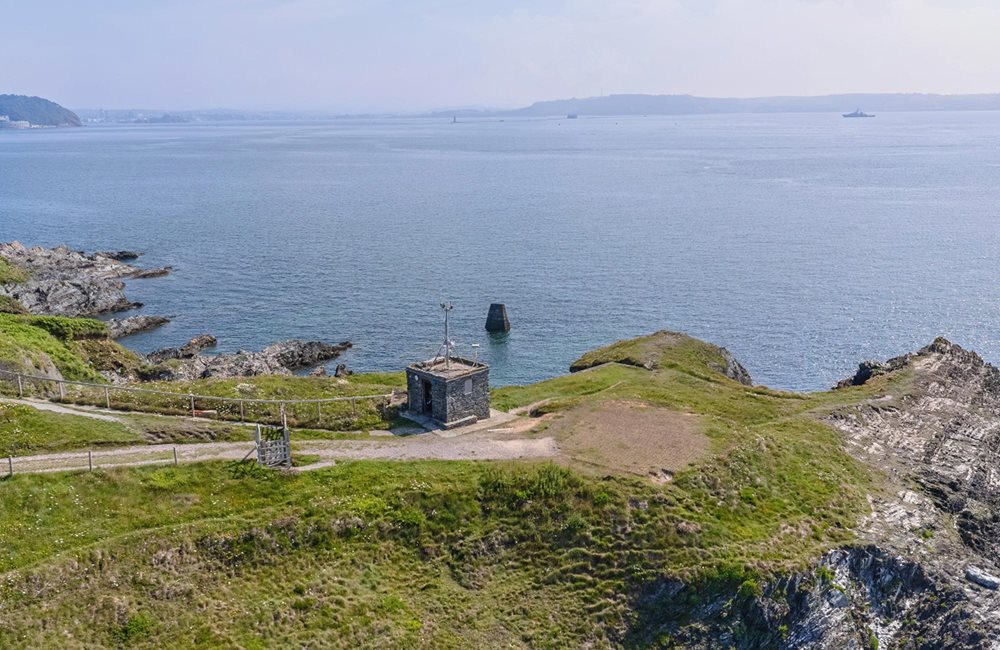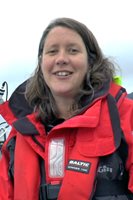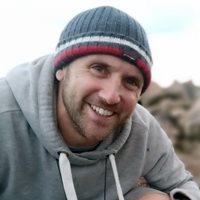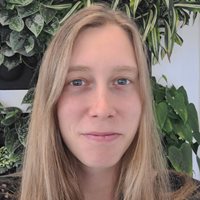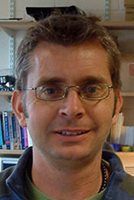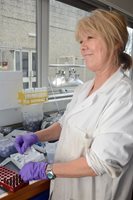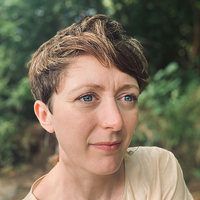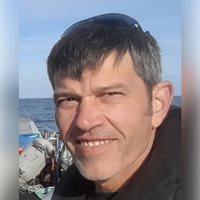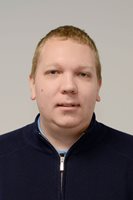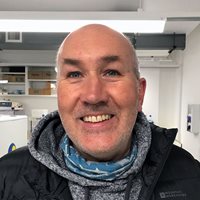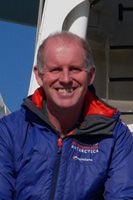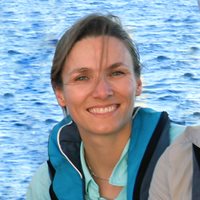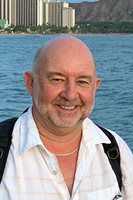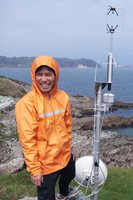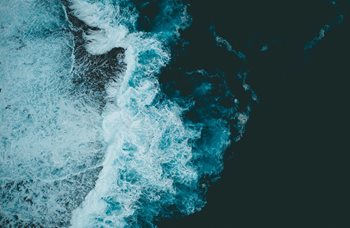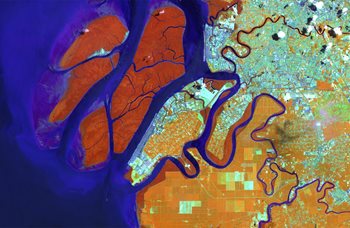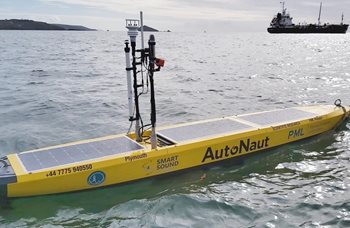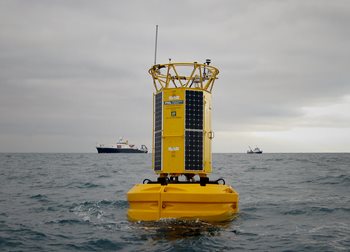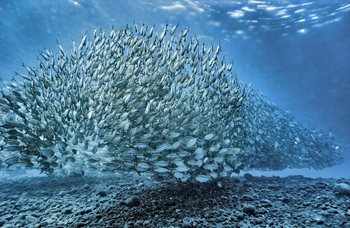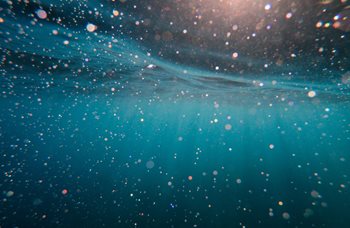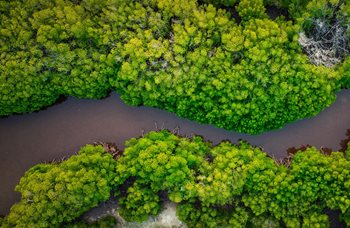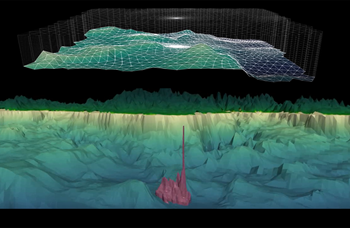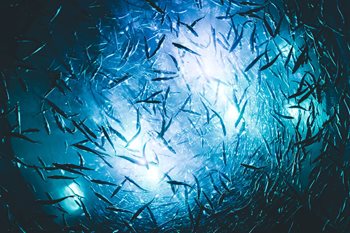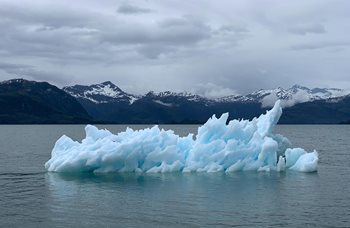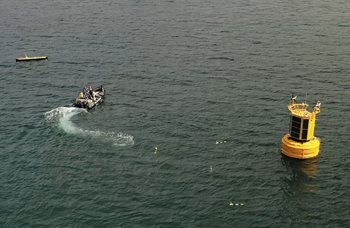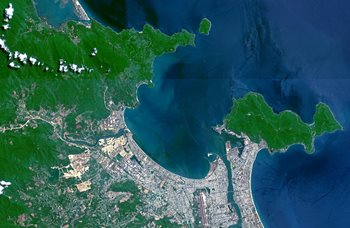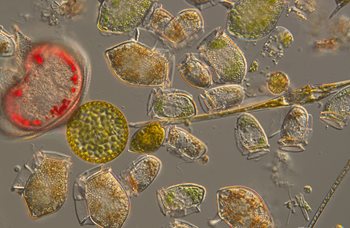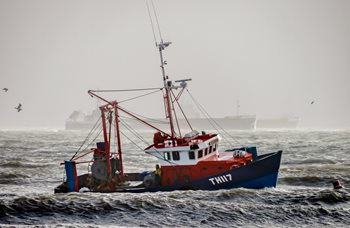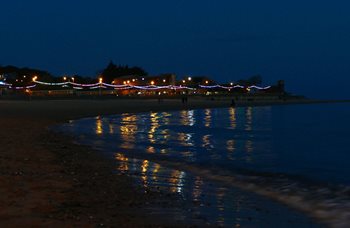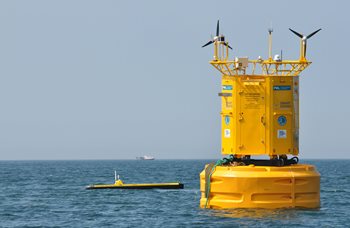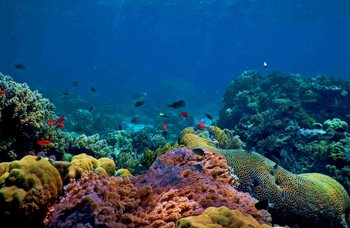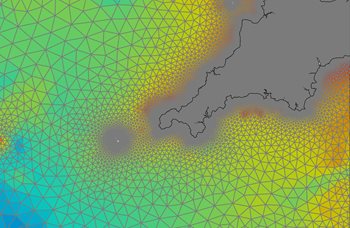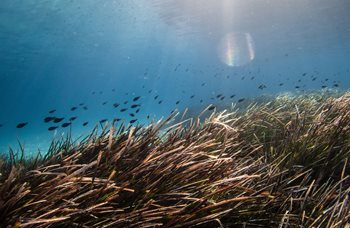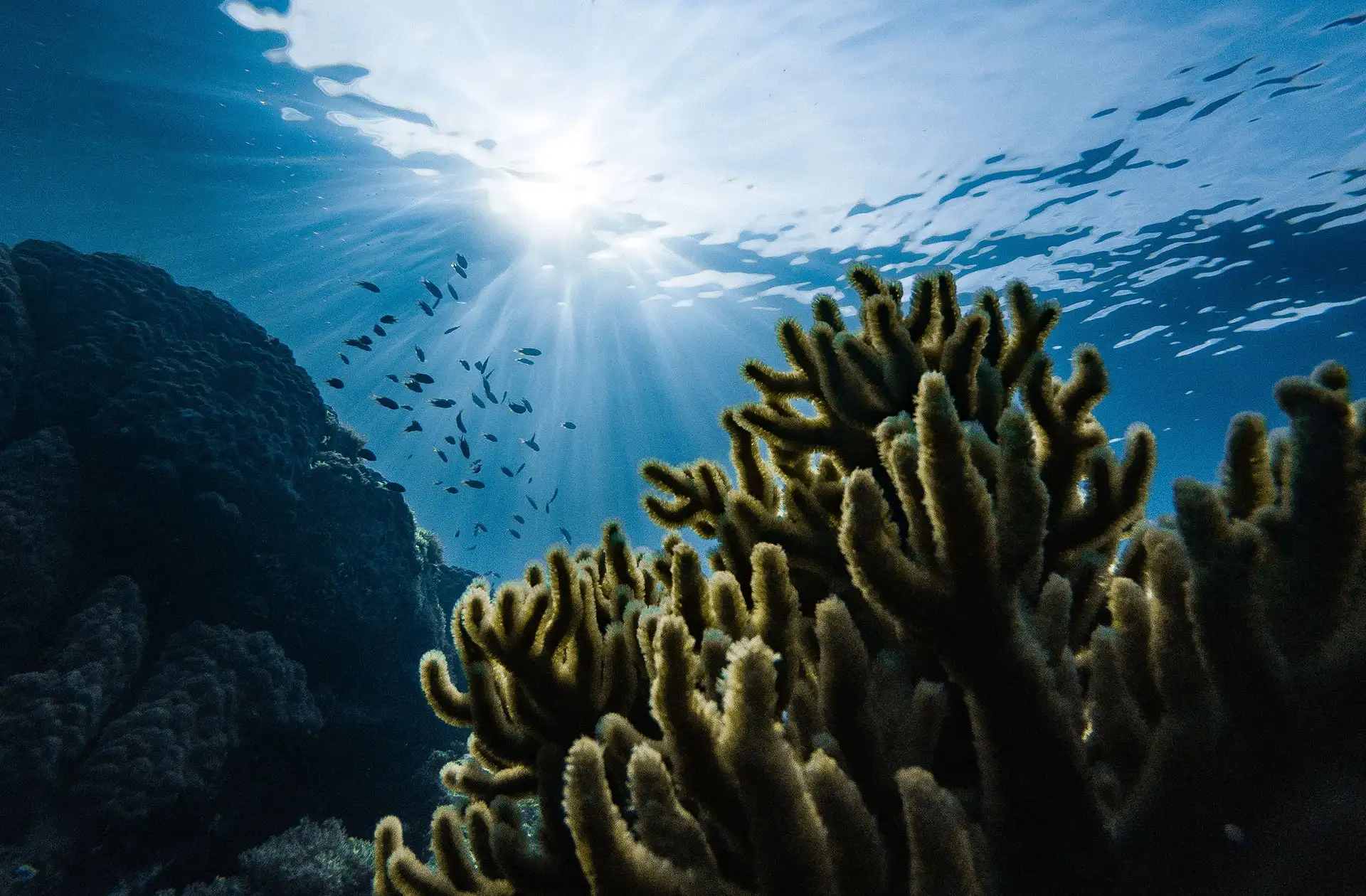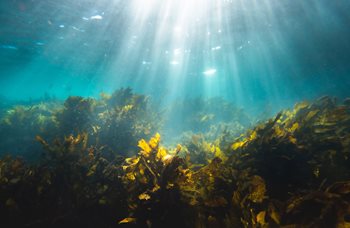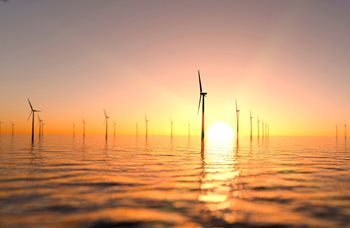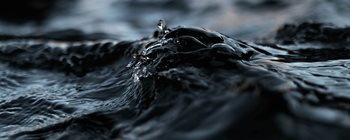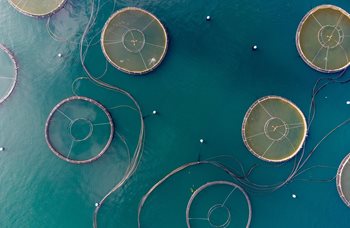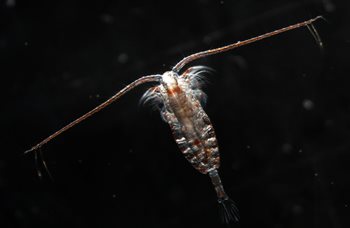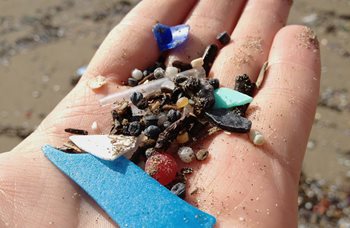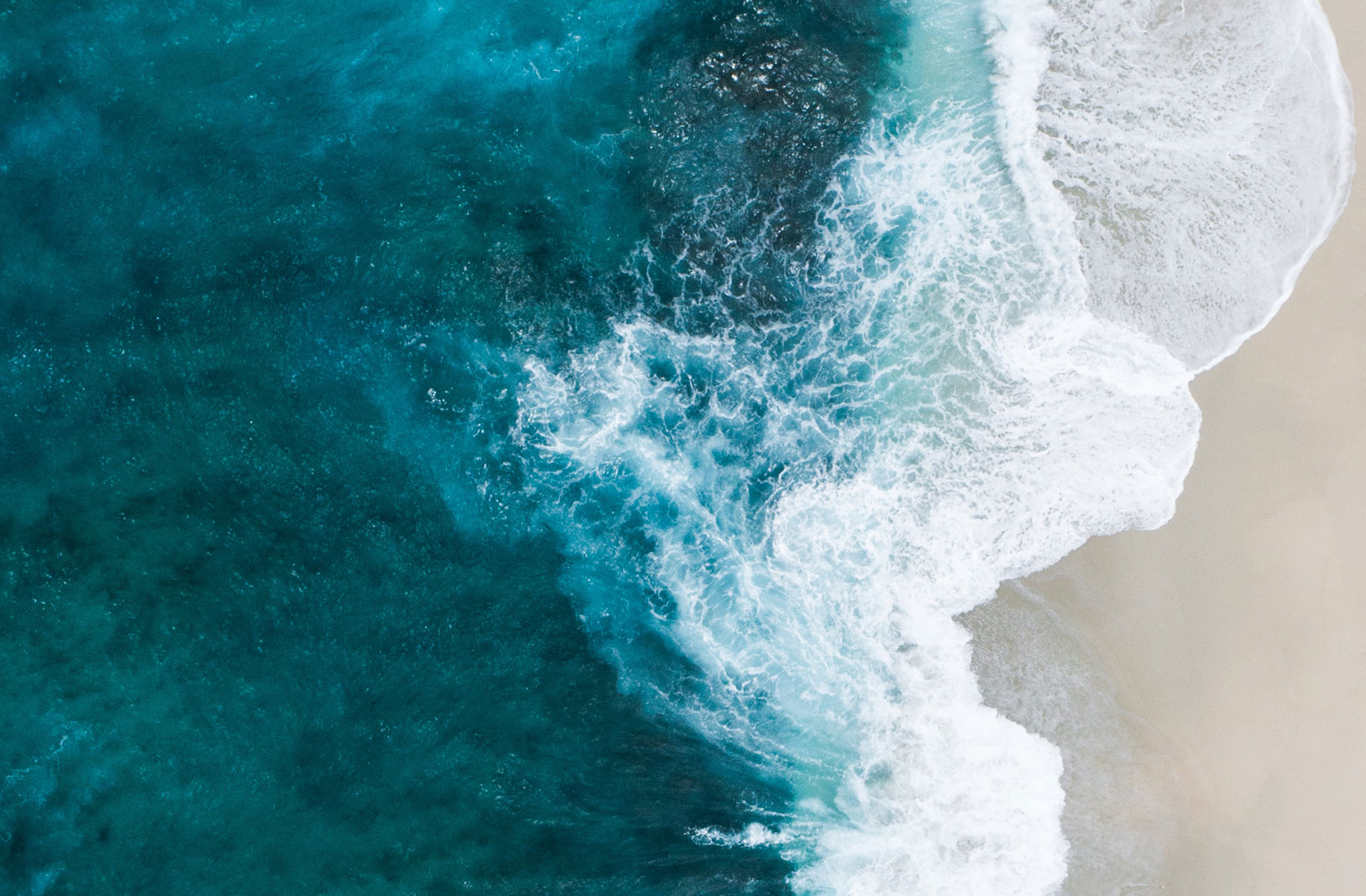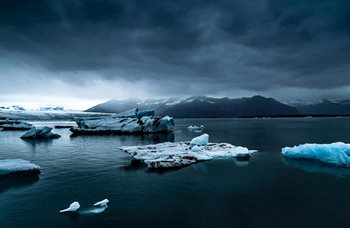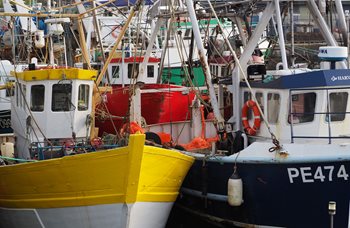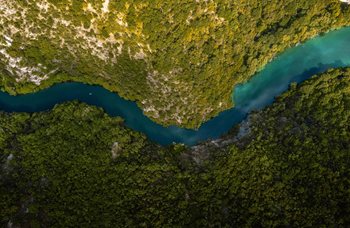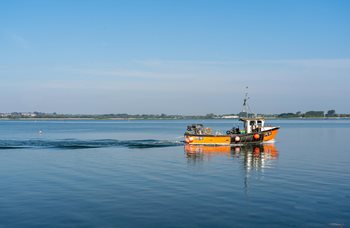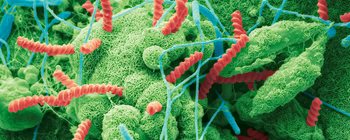Science Group
Marine Biogeochemistry and Observations
Developing our understanding of key marine biogeochemical processes and their multiple exchanges with terrestrial, atmospheric and benthic environments.
The ‘Marine Biogeochemistry and Observations (MBO)’ group explores the natural variability and the impact of man's activities on the marine environment from local to global scales.
Boasting a wealth of expertise, datasets and hardware that span local, regional and basin scales, the team has a truly pole-to-pole capability.
The group’s areas of focus include:
-
Understanding the key processes in the biogeochemical cycling of organic and inorganic carbon and nutrients in contrasting environments, the factors controlling them and the fluxes between different systems
-
Identifying how the composition and cleanliness of marine air varies over time and space
-
Seeking ways to better inform clean air legislation on sulphur and nitrogen gases, and particulates
PML Project pages
-
A multidisciplinary study of DMSP production and lysis - from enzymes to organisms to process modelling
-
An Alternative Framework to Assess Marine Ecosystem Functioning in Shelf Seas (AlterEco)
-
Artificial Light in Coastal Ecosystems (ALICE)
-
Atlantic Ecosystem Assessment, Forecasting and Sustainability (AtlantECO)
-
Atlantic Meridional Transect (AMT)
-
Atlantic Meridional Transect Ocean Flux from Satellite Campaign (AMT4OceanSatFlux)
-
Atmospheric Composition and Radiative forcing changes due to UN International Ship Emissions regulations (ACRUISE)
-
CHALKY: Coccolithophore controls on ocean alkalinity
-
Environmental Monitoring at Calstock flood defence improvement scheme
-
EuroGO-SHIP: Enhancing Ocean Observations
-
FOCUS: Future States of the global Coastal ocean: Understanding for Solutions
-
Is bacterial DMS consumption dependent on methylamines in marine waters?
-
Land ocean carbon transfer (LOCATE)
-
North Atlantic climate system integrated study (ACSIS)
-
N-OSmolytes Across the Surface Southern Ocean: Environmental Drivers and Bioinformatics
-
Ocean Regulation of Climate through Heat and Carbon Sequestration and Transports (ORCHESTRA)
-
Oceanus
-
Pathways and emissions of climate-relevant trace gases in a changing Arctic Ocean (PETRA)
-
S-3 EUROHAB - Sentinel products for detecting EUtROphication and Harmful Algal Bloom events
-
SCIPPER: Shipping Contributions to Inland Pollution Push for the Enforcement of Regulations
-
South Asian Nitrogen Hub
-
Western Channel Observatory (WCO)
People who work in this area of research
Dr Ruth Airs
Marine Biogeochemist and Head of Postgraduate Studies
ruai@pml.ac.uk
Professor Tom Bell
Ocean-atmosphere biogeochemist
tbe@pml.ac.uk
Dr Sarah Breimann
Analytical chemist
sabr@pml.ac.uk
Ian Brown
Marine Chemist
iaian2@pml.ac.uk
Jasmin Dorinda
PhD student
jaur@pml.ac.uk
Carolyn Harris
Analytical Chemist
caha@pml.ac.uk
Dr Frances E. Hopkins
Marine biogeochemist
fhop@pml.ac.uk
Dr Vassilis Kitidis
Marine biogeochemist
vak@pml.ac.uk
Jani Pewter
Instrument and Data Technician
Professor Rees
Marine biogeochemist
apre@pml.ac.uk
Professor Tim Smyth
Head of Science - Marine Biogeochemistry and Observations
tjsm@pml.ac.uk
Dr Glen Tarran
Marine microbial ecologist
gat@pml.ac.uk
Dr Juliane Wihsgott
Digital Oceanographer
jwi@pml.ac.uk
Bethany Wilkinson
Junior Biogeochemist
bwi@pml.ac.uk
E. Malcolm S. Woodward
Chemical oceanographer
emsw@pml.ac.uk
Dr Ming-Xi Yang
Chemical Oceanographer
miya@pml.ac.uk
